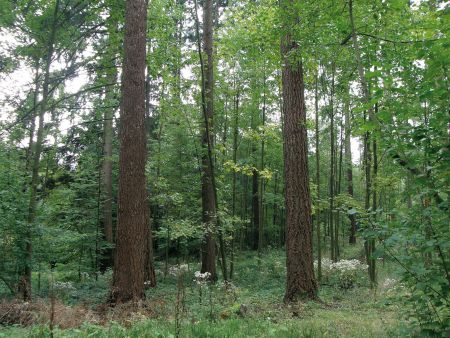Climate change adaptation: Opportunities and risks of non-native tree species

Non-native tree species (NNT) have been grown in Central Europe for more than 200 years, aside from the threats posed by climate change. The main motives behind this are an increase in timber production and a higher resistance to pests. From the nature conservation point of view, the cultivation of non-native tree species harbours a number of ecological risks: Loss of biodiversity of original forest ecosystems, displacement of native species and changes on forest sites.

How individual non-native tree species will perform in the Austrian forests in the future will be investigated using, among other things, climate envelope models and in-situ surveys on selected plots. The changing climate will be simulated with the internationally recognised IPCC (Intergovernmental Panel on Climate Change) scenarios. For the future distribution of non-native tree species an ensemble modelling platform will be used (Biomod2). It allows calibrating and evaluating 10 different species distribution models techniques.
Potential opportunities and risks of NNT species are evaluated under consideration of economic and silvicultural-ecological aspects. Adaptation strategies and practical recommendations for action are developed for selected sensitive sites and nature conservation areas. For forest practitioners and nature conservation managers, these will serve as a basis for decisions on dealing with the most important non-native tree species in Austrian forests.
The project has a duration of three years (2020 – 2023). It is funded by the Federal Ministry for Sustainability and Tourism and the Austrian provinces via the DaFNE research platform.

Project partner
